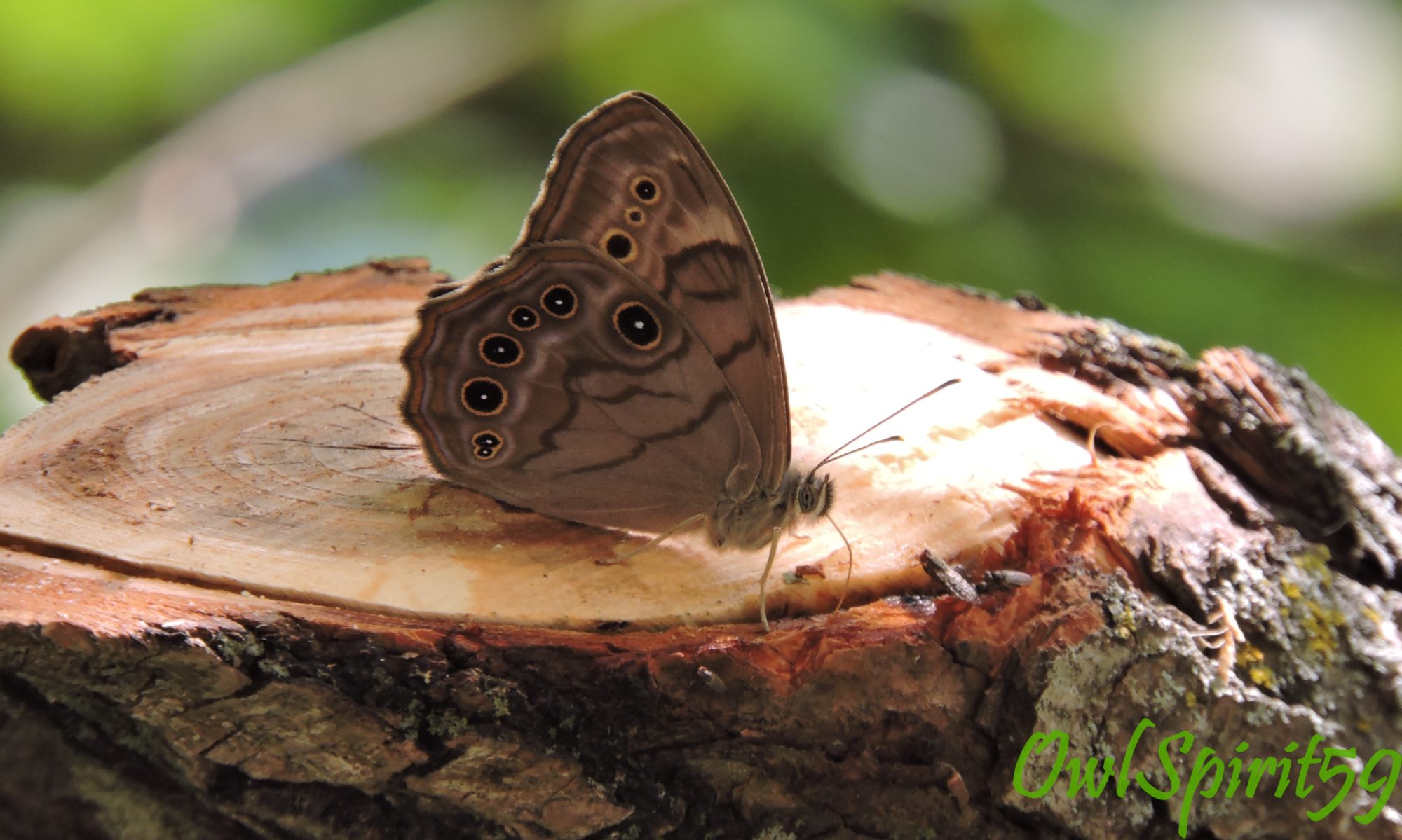We chose a trail in the Louisville Swamp Unit of the Minnesota Valley National Wildlife Refuge to do our wandering this fine day. As we crossed over the Minnesota River on our way to Louisville Swamp, we saw that there is quite a bit of flooding over the river banks right now (all that snow we got last week is melting fast!), which made us question how far we’d get along the trail. But we were so close by then we decided to give it a try. The area around the parking lot and the surrounding trails were dry, but we only made it about a mile before the way was barred and we had to double back. Even though we didn’t make it as far as we’d hoped, it was a lovely walk, and one we’ll take again later in the summer.
The warming weather has apparently given an overdue green light to many of the birds and other creatures we’ve been waiting to see. Among our FOYs (the first-of-year sightings for us) were Song Sparrows, Field Sparrows, Yellow-rumped Warblers, a Palm Warbler, and this handsome Eastern Bluebird, who greeted us from the gatepost at the trail head: 
Other FOYs included an Eastern Comma butterfly (the first butterfly of any species we’ve seen so far this season), and a sprinkling of blooming Bloodroot all along the wooded edge of the trail:

About half way along our walk we came across an open area that had obviously undergone a controlled burn fairly recently. There was an informational sign near the trail explaining what the plans were for this section of the refuge. The prescribed burns are being used, along with selective herbicides, to help restore this area to Oak Savannah, an ecosystem that is highly endangered. An Oak Savannah is an area characterized by prairie  grassland dotted sparsely with oak trees. Oaks have a thick bark that protects them from fire, and the prairie grasses actually thrive after fires move through, which means fire is a beneficial “disturbance” for this type of habitat. Oak Savannahs act as transitional areas between prairies and woodlands, and used to cover about 10% of our state. Now, there are only a few fragmented pockets left. But there are parks and refuges in a number of states, including Minnesota, that have restoration projects underway such as this one, to help bring Oak Savannahs back. If you are interested in assisting with restoration projects like this one, you can contact a park or refuge in your area. Many parks are continually looking for volunteers to help with things like invasive species removal. In the Twin Cities, Friends of the Mississippi River might be a good starting place. As for me, I’m planning to help out with some Buckthorn removal this year.
grassland dotted sparsely with oak trees. Oaks have a thick bark that protects them from fire, and the prairie grasses actually thrive after fires move through, which means fire is a beneficial “disturbance” for this type of habitat. Oak Savannahs act as transitional areas between prairies and woodlands, and used to cover about 10% of our state. Now, there are only a few fragmented pockets left. But there are parks and refuges in a number of states, including Minnesota, that have restoration projects underway such as this one, to help bring Oak Savannahs back. If you are interested in assisting with restoration projects like this one, you can contact a park or refuge in your area. Many parks are continually looking for volunteers to help with things like invasive species removal. In the Twin Cities, Friends of the Mississippi River might be a good starting place. As for me, I’m planning to help out with some Buckthorn removal this year.
We did enjoy this walk, even though it was cut short. I was on the lookout for snakes, though, and was bummed that I didn’t see any. Oh well, I’ll keep an eye out on the next trail!

Excellent! Thanks for the FOYs!